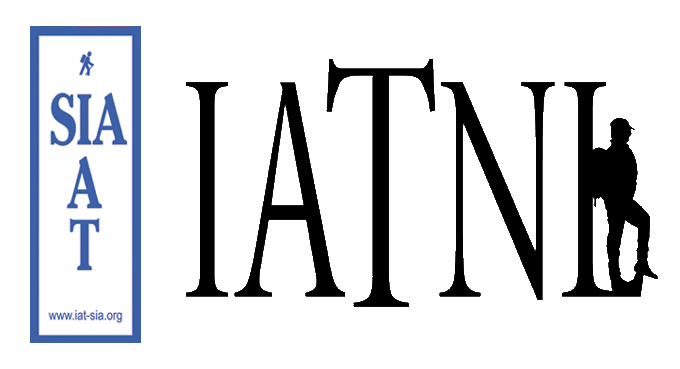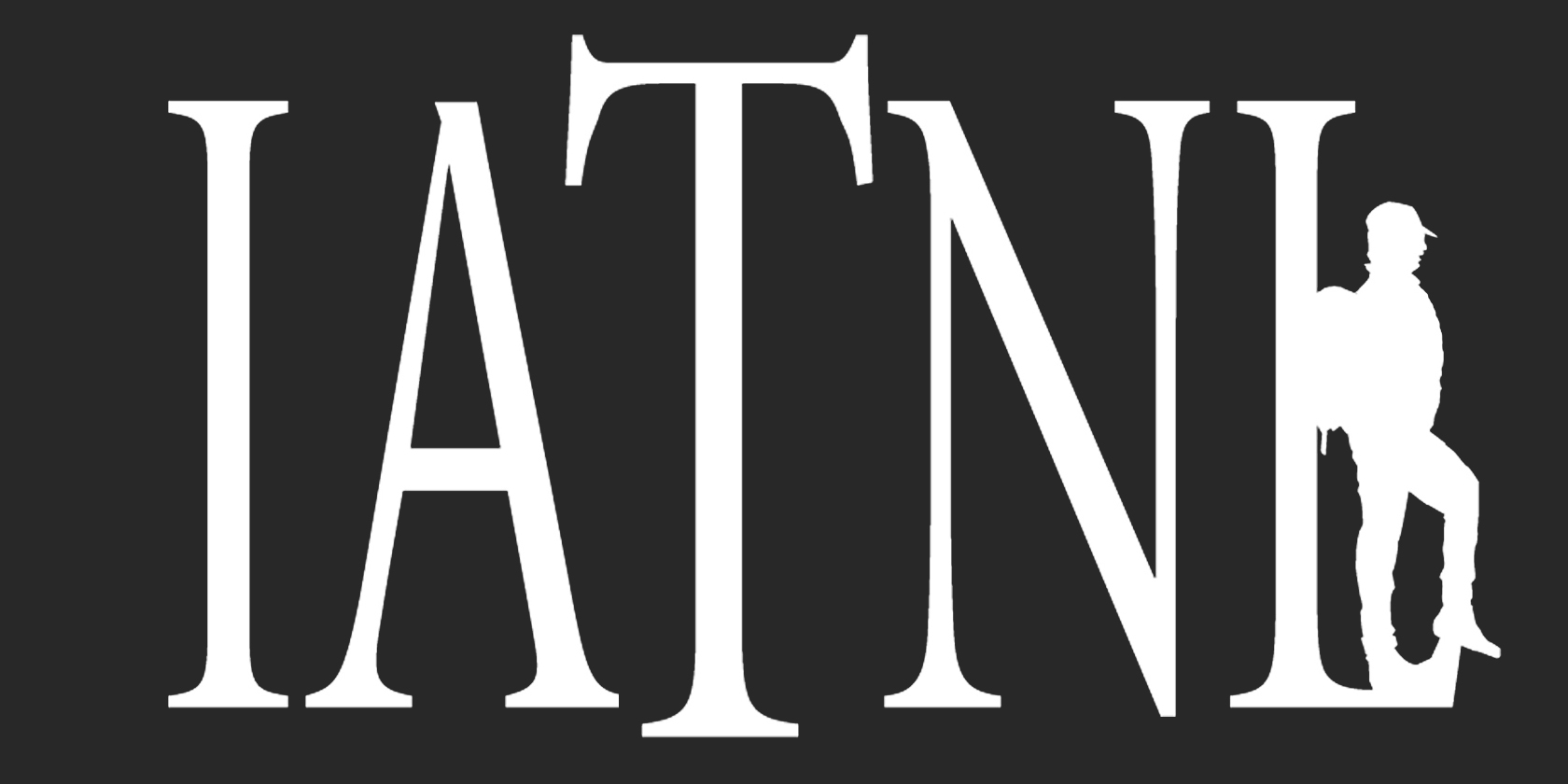In 2011, partners Ayrshire and Loch Ryan Coastal Path, West Highland Way, and Cape Wrath Trail approved an IAT Scotland route extending from Stranraer in the south to Cape Wrath in the north. More than 500 kilometers (300 miles) in length, the route covers the full range of Scottish terrain, from lowland seascapes to highland mountain vistas.

The Loch Ryan Coastal Path begins at the Stranraer Tourist Information Office and extents 18 kms (11 miles) north to Glenapp Church where it connects to the Ayrshire Coastal Path. Along the way it traverses the estates of Glenapp and Lochryan, with their rolling hills and occasional glens providing the ever-present panorama of bonnie Loch Ryan with Arran, Mull of Kintyre, Northern Ireland, Rhinns of Galloway and Luce Bay featuring in the skyline.
This is a pleasant way-marked route with information boards located throughout to illustrate and explain the birdlife and historic features for which the area is noted.

The Ayrshire Coastal Path extends 160 kms (100 miles) from Glenapp to Skelmorlie along one of the finest panoramic coastlines in the British Isles. Crowned with a superb backdrop of the ever-changing profile of the mountains of Arran across the Firth of Clyde, this coastline is steeped in history and teeming with wildlife.

The 154 km (96 mile) West Highland Way starts at Milngavie, passes through Mugdock Country Park, follows the shores of Loch Lomond, passing Ben Lomond, through Glen Falloch and Strathfillan, crossing Rannoch Moor, past Buachaille Etive Mor to the head of Glencoe, climbing the Devil’s Staircase, descending to sea level to cross the River Leven at the head of Loch Leven before entering Lairigmor and Glen Nevis and finishes at Gordon Square in Fort William.
The terrain ranges from lowland moors, dense woodland and rolling hills, to high mountainous regions in the Scottish Highlands. These environments provide habitats for a diverse range of wildlife species, both flora and fauna.

The Cape Wrath Trail is an unmarked variable trail route just short of 320 kms (200 miles) long that runs from Fort William to the most north-west tip of the Scottish mainland, a challenging and often remote route which, in essence, could be described as the hardest long distance backpacking route in the UK. Various routes exist between Fort William and Cape Wrath.
One such route begins at Banavie, just outside Fort William, heads up the Great Glen to Loch Lochy and then turns north to cut across Glen Garry and Glen Shiel. It traverses the huge, empty quarter between Glen Shiel and Strathcarron, wanders past the mountains south and north of Torridon and the great wilderness between Loch Maree and Little Loch Broom. North of the Ullapool road the route traverses inland to Oykel Bridge then begins the wildest and remotest stretch of all – through the mountains of Inchnadamph and Kylesku, below the shadows of Arkle and Foinaven to Rhiconich, then to Kinlochbervie on the west coast. With a final flourish we hike over the moors to magical Sandwood Bay and the remaining cliff top walk to Cape Wrath Lighthouse, the end of the journey.



